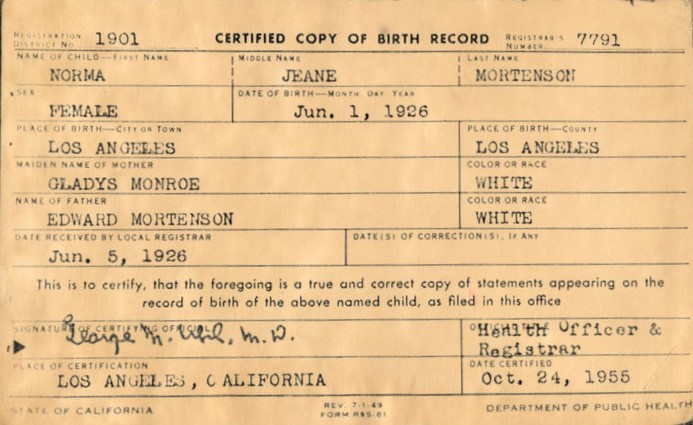
Ja! Following Your Dala Horses and Swedish Ancestors’ Migrations
When those of Swedish descent in other countries seek their ancestors and culture, they're sometimes enthralled by the prevalence of the colorful traveling Dala horse. It’s the symbol of Sweden that is highlighted during the holidays. The horse was once used as a toy for Swedish children, and then picked up great popularity as a novelty at the 1939 World's Fair. Now, Dalas may be found around the world, in all sizes and colors.If your Swedish ancestors eventually landed in America, you may want to know about migration patterns and connected resources so as to trace them, especially if you don't know their original Swedish likely patroymic names or from what parish in Sweden they left for America. Like other countries' emigrants, many Swedes left the country because of poverty and famine. At one time, there were more Swedes in Chicago than anywhere else in the world except Stockholm!
Migration Patterns and Resources
When Swedes came to America, they generally moved to be with family members who were either very rural or very urban. Swedish farmers settled in the midwest, and Minnesota and Illinois were the top two states for Swedish migration. Rural Swedes were farmers in the two states, and urban Swedes settled in Minneapolis and Chicago, where Swedish newspapers also thrived. This means that if you are trying to trace your ancestors, Swedish American newspapers may help. Because of a collaborative project with American and Swedish research entities, a new collection of 28 Swedish American newspapers from across America is available for research at the Minnesota Historical Society. After searching the newspapers and finding Swedish articles, use the clipboard function in the database to paste articles into Google Translate.Minneapolis also has the American Swedish Institute to preserve and promote Swedish culture, as about 500,000 Minnesotans still boast Swedish ancestry. Railroading – an occupation for many thousands of Swedes who had also worked in Swedish railroading – was coordinated in the Twin Cities area. There are extensive research resources partly because Great Northern Railroad magnate James J. Hill was headquartered there. Hill is quoted as saying, “Give me Swedes, snuff, and whiskey, and I’ll build a railroad through hell.”If you’re not sure what parish or area of Sweden your ancestor originated in, consider consulting the Swenson Swedish Immigration Research Center at Augustana College, a wide-ranging national archives and research institute. In Rock Island, Illinois, it focuses on Swedish immigrants and descendants’ impact as well as helping with Swedish genealogy. Another rich Chicago-based resource is the Swedish American Museum in the Andersonville section of town in which Swedish restaurants and bakeries still thrive.There’s a unique children’s museum on the third floor.Austin,Texas was another area where Swedes migrated in concentrated numbers led by Sven Magnus Swenson and Swante Palm, and it still boasts a “Swedish Hill Historical District.” The state’s historical association is in historic Gethsemane Lutheran Church, a Swedish structure. For information on Swedes in Texas, see this link.
Gold Rush Drew Swedes Out West
The American west coast offered key opportunities for immigrant Swedes and created new migration patterns. The Gold Rush, keyed to 1849, drew hundreds of thousands to San Francisco, Oregon, and Washington State. The mining and railroading industries worked hand in hand to build the west for mutual benefit. Many urban, business-oriented Swedes migrated to San Francisco because of its great wealth. The climate was similar to that of Stockholm during some seasons of the year, and shipping/seagoing interests attracted seafarers from Sweden. One Swedish eventual master mariner came to America with limited resources, but ended up establishing Matson Navigation in 1882. Captain William Matson’s cargo ships and later luxury liners to Hawaii were headquartered in San Francisco. Muriel Beroza’s Golden Gate Swedes:The Bay Area and the Sveadal (2000) is a key resource for learning about outstanding immigrant Swedes. Washington State attracted Swedes (and Norwegians and Danes) who wanted to build railroads across the northwest. The railroaders were in Spokane, Tacoma, Seattle, Portland and elsewhere, and they often crossed over into British Columbia to work on railroads there. Resources for general Scandinavian research in Washington State are here: https://www.sos.wa.gov/_assets/library/Scandinavian.pdf Denver drew many railroaders who also worked in the infamous town of mining, saloons, and railroading: Leadville. Consult the Denver Public Library online: https://www.denverlibrary.org/
East Coast Swedes
Many immigrant Swedes seeking urban environments never left the five boroughs of New York City. Brooklyn had about 10,000 Swedes in the 1880s and New York City was said to serve 40,000 overall. They formed a voting bloc to exert Republican political influence, and worked as seamstresses, tailors, and servants. The Nordstjernan Swedish American newspaper established in the 1870s survives today. Check the Brooklyn Historical Society for New York resources.Also on the eastern seaboard, you can research Swedes at the oldest Swedish-American museum in the United States- The American Swedish Historical Museum in Philadelphia. Swedes settled the Delaware Valley in the mid-1600s before William Penn’s arrival. Swedish opera singer Jenny Lind, author Carl Sandburg, and Swedish inventor John Ericsson of the first ironclad ship, are highlighted in the museum. Steel mills in McKeesport attracted permanent resident Swedes. Were yours among them?See the article Bit of Sweden was planted atop hill in McKeesport storiesSome Swedish indentured servants also landed in the hot citrus groves of Florida near Sanford, having been promised five acres of land after two years of servitude. The Swedish History of Seminole County, Florida by Christine Kinlaw-Best tells the story. The Sanford Museum in Sanford, Florida highlights Swedish immigration to the area.
Roadblock Assistance
If you run into roadblocks in Swedish research, help is available from entities such as the Swedish American Genealogy Group on Facebook. Researchers from both Sweden and America assist. Also, you may look for Swedish relatives and resources in family trees at Swedish America Heritage Online.Click here to receive help from an expert with your Swedish genealogy research.




